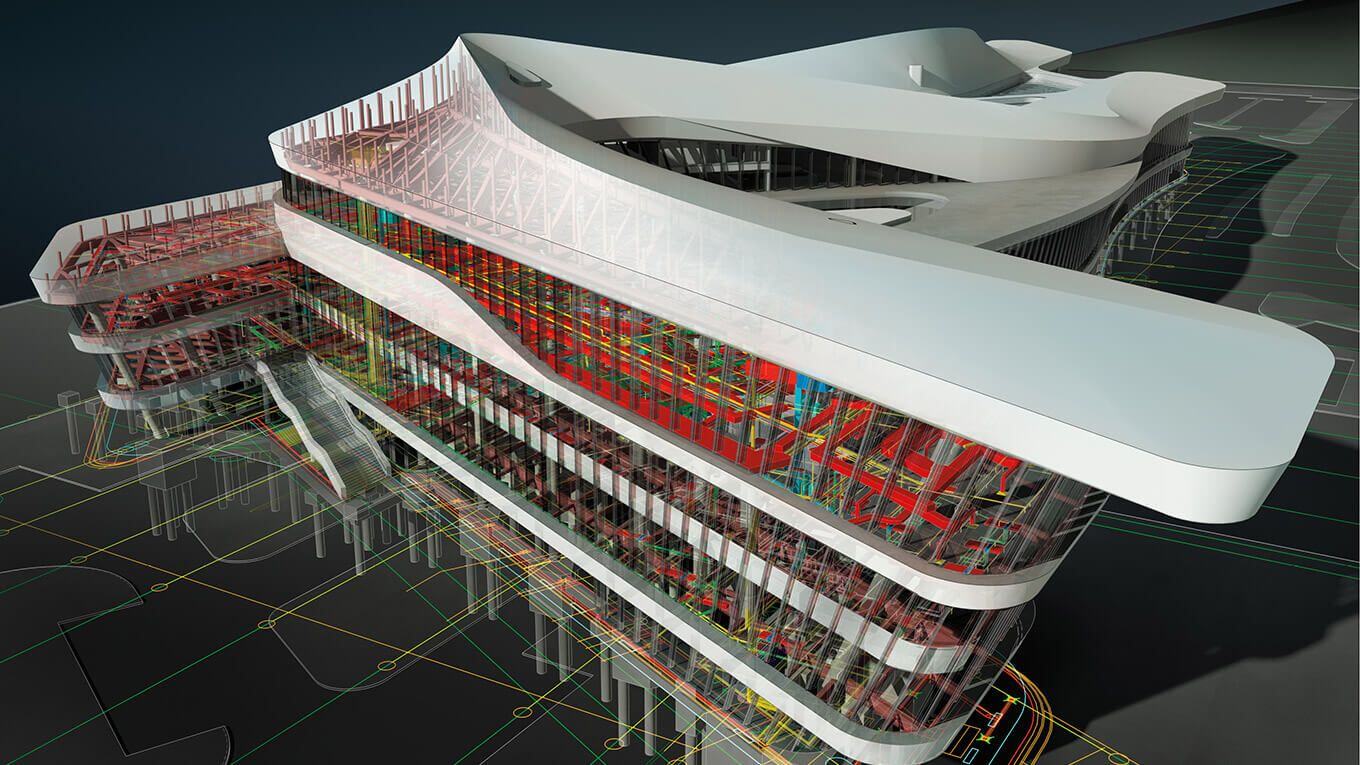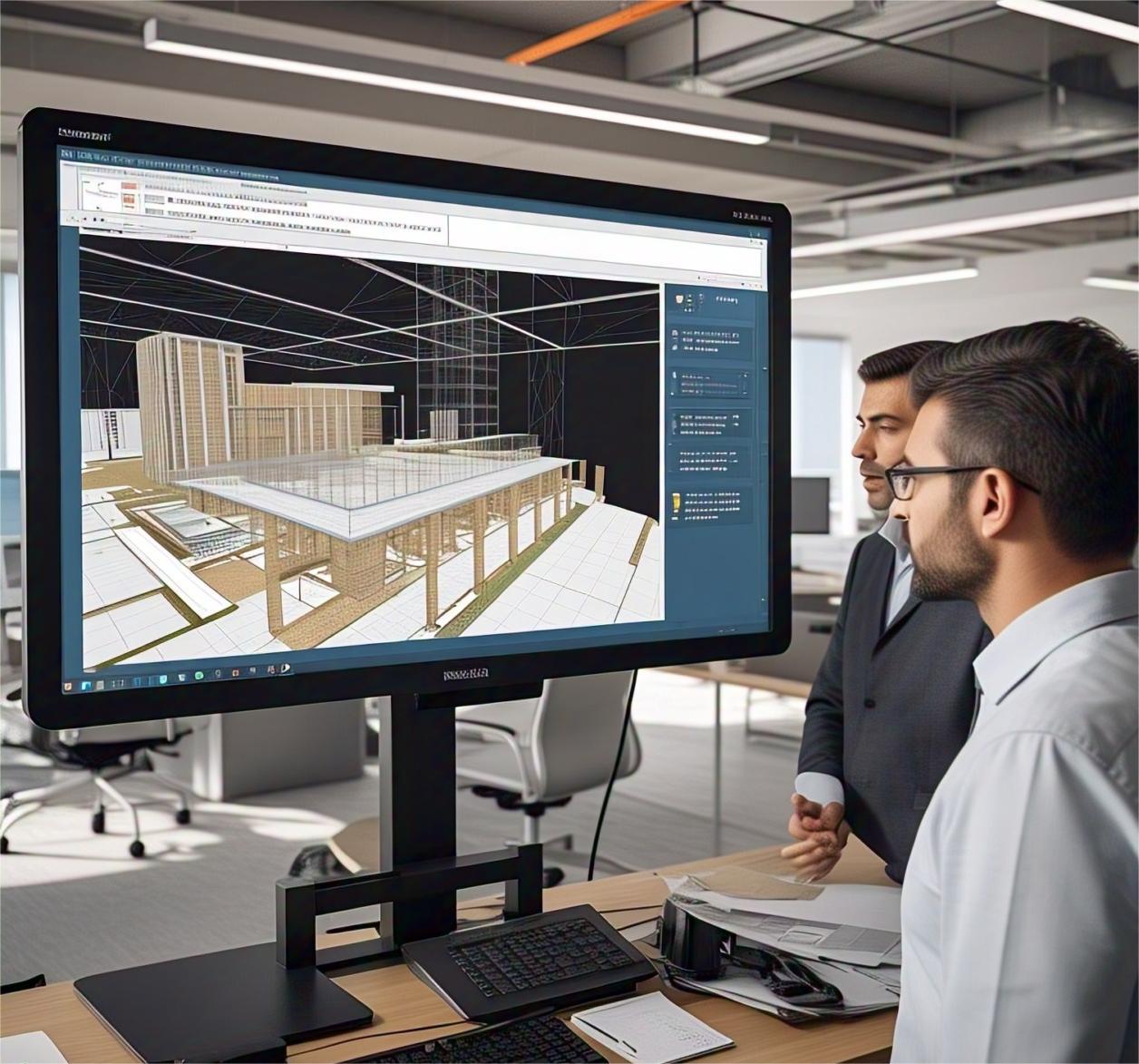The Right Way to Handle Last-Minute Design Changes in Steel Detailing Without Triggering RFIs

Strong 8k brings an ultra-HD IPTV experience to your living room and your pocket.
Last-minute design changes are a reality that every engineer, drafter, and steel detailer has to navigate. Whether the shift comes from an architect modifying spatial layouts, a structural engineer refining load paths, or a contractor identifying constructability issues on-site, changes are part of the workflow.
However, how those changes are handled, especially in Structural Steel Detailing Services, often determines whether a project stays on track or gets bogged down under costly RFIs, rework, and timeline disruptions.
The best approach is not to avoid changes altogether but to structure workflows in a way that absorbs these modifications without triggering delays. This requires a clear methodology, a stable communication model, and the right documentation practices to manage changes before they snowball into serious issues.
This blog outlines a structured approach to handling late-stage changes in Steel Shop Drawing and Steel Fabrication Services, minimizing the need for unnecessary RFIs.
Early-Stage Discipline Creates Room for Late-Stage Flexibility
A common misconception is that design agility only comes into play during revisions. In reality, the foundation is laid much earlier. Projects that experience minimal disruption from last-minute changes usually have strong early-stage discipline. The accuracy of the initial model, the clarity of element tagging, and the logical flow of assemblies all contribute to how well a team can process a sudden change request.
Well-organized Steel Detailing Services are designed with foresight. This includes standardizing naming conventions, segmenting connections logically, documenting assumptions, and mapping detailing scopes across disciplines. When these foundations are stable, even complex adjustments, such as moving a beam, altering a base plate size, or adjusting hole configurations, can be absorbed with minimal downstream impact.
Maintain Real-Time Communication Between Stakeholders
One of the most overlooked elements of detailing projects is the communication loop. Many RFIs stem from misalignment rather than technical gaps. In fast-moving projects, even a minor change can affect multiple trades, and if those changes are not communicated properly, the detailing team often ends up working on outdated data.
Using collaborative tools and cloud-based platforms can drastically reduce the friction caused by change propagation. Real-time notifications and model sharing allow the detailing team to receive, review, and apply changes quickly. Engineers and fabricators get immediate visibility on what has been modified, and the updated Steel Shop Drawing set becomes the single source of truth.
Moreover, having a project-specific change log maintained by the detailing team, not just by the design team, helps track what was modified, why, and when. This simple step keeps everyone aligned and reduces the chance of misunderstandings that lead to time-consuming RFIs.
Always Validate Incoming Design Modifications Before Applying Them
A last-minute change request doesn’t automatically make it correct or feasible. One of the most damaging things a detailing team can do is accept a design modification at face value without validating it against the steel model or coordination plans. Often, late-stage design changes are conceptual and may not be reviewed in the context of fabrication, erection sequence, or connection feasibility.
Before any modification is integrated into the detailing package, it must be vetted by someone with full context, preferably a senior detailer or project engineer. This validation process should include clash checks, impact on other steel members, and connection logic. If the modification requires a revision in the erection plan, bolt schedule, or weld symbols, those updates should happen simultaneously, not in isolation.
This proactive checking is what separates high-performing Steel Fabrication Services from reactive drafting shops. RFIs are reduced not because fewer questions exist, but because more decisions are handled confidently within the detailing process itself.
Break Down Detailing Packages into Modular, Flexible Sets
One of the most effective strategies to deal with design revisions is to modularize your detailing output. Instead of delivering a single massive detailing package at once, consider breaking it into smaller, sequenced sets that correspond with construction or fabrication phases.
By organizing Steel Shop Drawing packages into logical modules, core frame, secondary steel, bracing, or facade attachments, you give the project breathing room to accommodate changes. If a revision affects only the bracing module, there’s no need to reopen the core frame detailing. This structure keeps the rest of the drawing set stable, avoids ripple effects, and dramatically reduces rework.
Additionally, modular drawing packages allow for more agile approval workflows. Engineers and fabricators can review specific components without waiting for the entire project to be completed. When used correctly, this approach reduces dependency bottlenecks and accelerates approval cycles.
Use Visual Markups for Faster, Context-Rich Design Feedback
Text-based communication has its limits, especially in technical environments like Steel Detailing Services. When changes are requested via long written notes or unstructured comments, misinterpretation becomes a real risk. Every engineer and drafter has experienced the frustration of decoding a vague “move this to align with that” instruction.
Visual markups and overlays are a better method. Annotating directly on 2D PDFs or live 3D models adds spatial context and leaves no room for ambiguity. Visual feedback tools make the change traceable, actionable, and easy to review. They also help downstream teams, such as those responsible for Rebar Detailing Services, understand how steel modifications might affect embedded items or slab interactions.
In short, better feedback equals fewer RFIs. If the design team provides feedback in a clear, visual format, and the detailing team responds using annotated revisions, both sides remain aligned without an overreliance on formal documentation.
Keep a Change Response Matrix Within the Project Team
A common mistake in managing late-stage detailing changes is treating each change request in isolation. A more efficient method is to maintain a live change response matrix, a simple internal document that logs every incoming request, decision taken, affected drawings, and date of incorporation.
This internal matrix helps the team avoid duplicated work, missed revisions, or reissued drawings. When well-managed, it also supports the back-end of fabrication by making it easier to validate that every change has been accounted for before issuing for manufacturing. In large-scale Steel Fabrication Services, where a single oversight can cascade across multiple assemblies, this tool acts as a safety net.
The matrix also adds transparency across the BIM and detailing ecosystem. When used consistently, it creates a trail that shows the thought process behind each update, allowing other consultants and engineers to plug into the timeline of changes.
Embed the Right Level of Detail Without Overmodeling
In many projects, last-minute changes become painful because the original model was either too abstract or too detailed. Overmodeling consumes time and bandwidth, making it harder to revise later. On the other hand, abstract modeling leaves too much to interpretation and increases the risk of errors during construction.
High-performing Steel Detailing Services strike a balance. They model components to the correct Level of Detail (LOD) required for fabrication, coordination, and approval, nothing more, nothing less. By working at the right resolution, changes are easier to manage, and each drawing remains functionally useful without being burdened by excessive detail.
Build a Culture That Views Revisions as Strategy, Not Failure
The final and most human factor is mindset. In many engineering environments, revisions are viewed negatively. This often results in defensive behavior, delayed communication, and lack of ownership over change requests. The reality is that late-stage changes are a strategic necessity in most projects. Design refinement, site adjustments, or shifting project goals are all valid reasons for updates.
A team that treats revisions as a natural part of the detailing lifecycle responds faster, works smarter, and produces better outputs. This cultural shift reduces the emotional load of receiving changes late and eliminates unnecessary RFIs that stem from indecision or hesitation.
When Steel Shop Drawing teams, BIM managers, and engineers work within a proactive and collaborative culture, change becomes a tool, not a threat.
Conclusion
Handling last-minute design changes in Steel Detailing Services is not a matter of avoiding complexity. It’s about creating resilient systems, responsive teams, and flexible outputs. Through strong documentation practices, real-time collaboration, modular drawing strategies, and clear validation workflows, detailing teams can absorb changes without flooding the project with RFIs.
Steel Fabrication Services, Steel Shop Drawing, and Rebar Detailing Services all benefit when changes are integrated thoughtfully rather than reactively. Projects stay on schedule. Communication improves. And the work, ultimately, speaks for itself.
Note: IndiBlogHub features both user-submitted and editorial content. We do not verify third-party contributions. Read our Disclaimer and Privacy Policyfor details.







